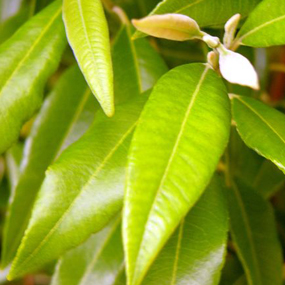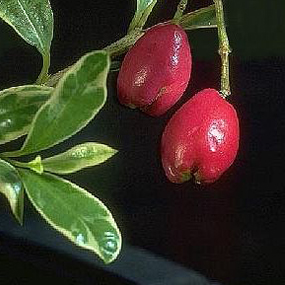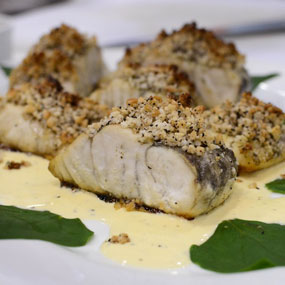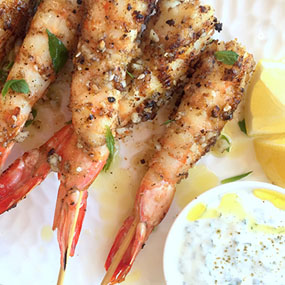Australian Bush Foods
 Lemon Myrtle
Lemon Myrtle
 Kangaroo
Kangaroo
 Pepperberry
Pepperberry
 Wattleseed
Wattleseed
 Crocodile
Crocodile
 Paperbark
Paperbark
 barramundi fish
barramundi fish
 Australian Prawns
Australian Prawns
A wonderful thing about the citrus-scented lemon myrtle is that, in addition to being flavorful and refreshing, it has a number of health benefits. It is a powerful antioxidant that can ward off illnesses, and it can be used as an antiseptic. It comes in many forms and can be taken in a variety of different ways so you are not limited to a boring routine. It can be used in cooking to spice up a recipe, taken as a tea or applied topically in the form of essential oils. Its rich lemon aroma is both pleasant and soothing. Lemon myrtle is used to treat a diversity of ailments from throat disorders to gastric problems, and it is sold in the webshop.
Kangaroo meat is unique to Australia. It’s lean and inexpensive, quick and easy to cook, versatile
and flexible. It’s a terrific source of high-quality protein, low in total fat (with less than 2% fat), low in saturated fat and a source of heart-friendly omega-3s. What’s more, it’s a particularly rich source of iron and zinc, plus an important source of several B-group vitamins (riboflavin, niacin, vitamin B6 and vitamin B12).
Kangaroos played an important role in the survival of Australia’s indigenous peoples. The animal was hunted for tens of thousands of years, for both meat and skins, and when Europeans arrived in the late 18th century, they also depended on its meat for survival.
Pepperberries are more versatile than conventional peppercorn, able to be used in sweet and savoury dishes. The leaves, stems and berries have an aromatic peppery taste producing approx. 3 times the anti-oxidants of blueberries. Native birds, such as the Black Currawong, eat the berries. Lemon myrtle and pepperberries (ground) make the best seasoning for fish, chips, chicken and roast vegetables. Pepperberries have a mild, fruity pepper flavour. For something different use it ground in icecream.
Wattleseed has to be the unsung hero of the Australian Native Food Industry. The Acacias with their enormous diversity of species and forms cover the length and breadth of the Australian continent. Although not all Acacias are suitable for human consumption, they have been a mainstay in the diet of Indigenous Australians for thousands of years. The wattle flower is the well known emblem of Australia, and is represented in the green and gold worn by Australian athletes.
Crocodile flesh is tender and has been compared to a milk-fed veal, or between pork and chicken taste. This species is genuine bush tucker and traditional Aboriginal fare.
Paperbark adds a delightful smokey flavour to fish, chicken and vegetables.
The broad-leaved paperbark is a medium to tall tree. It has whitish papery bark, rather like many fine sheets of tissue paper stuck together, hence the common name.
To use, wash and soak in water before adding your ingredients. You can then either tie with string or wrap the whole thing up in alfoil.
Cook on either the BBQ or in the oven.
Barramundi (also known as Barra)
Inhabits the inshore waters and estuaries along Australia’s northern coastline – from about the Sunshine Coast across the top to below Broome, Western Australia. Wild Barramundi can be found on the menu of eateries in the Northern Territory. In fact the Adelaide River Hotel cooks one of the best dishes around and you can relax in their beautiful tropical beer garden.
Traditionally cooked on hot coals, sometimes wrapped in leaves or paperbark. It makes for a superb eating experience.
Many varieties of this shellfish are found in Australia. They played an important role in the diet. Quite often caught with the use of the Lawyer Vine and other times by hand.
